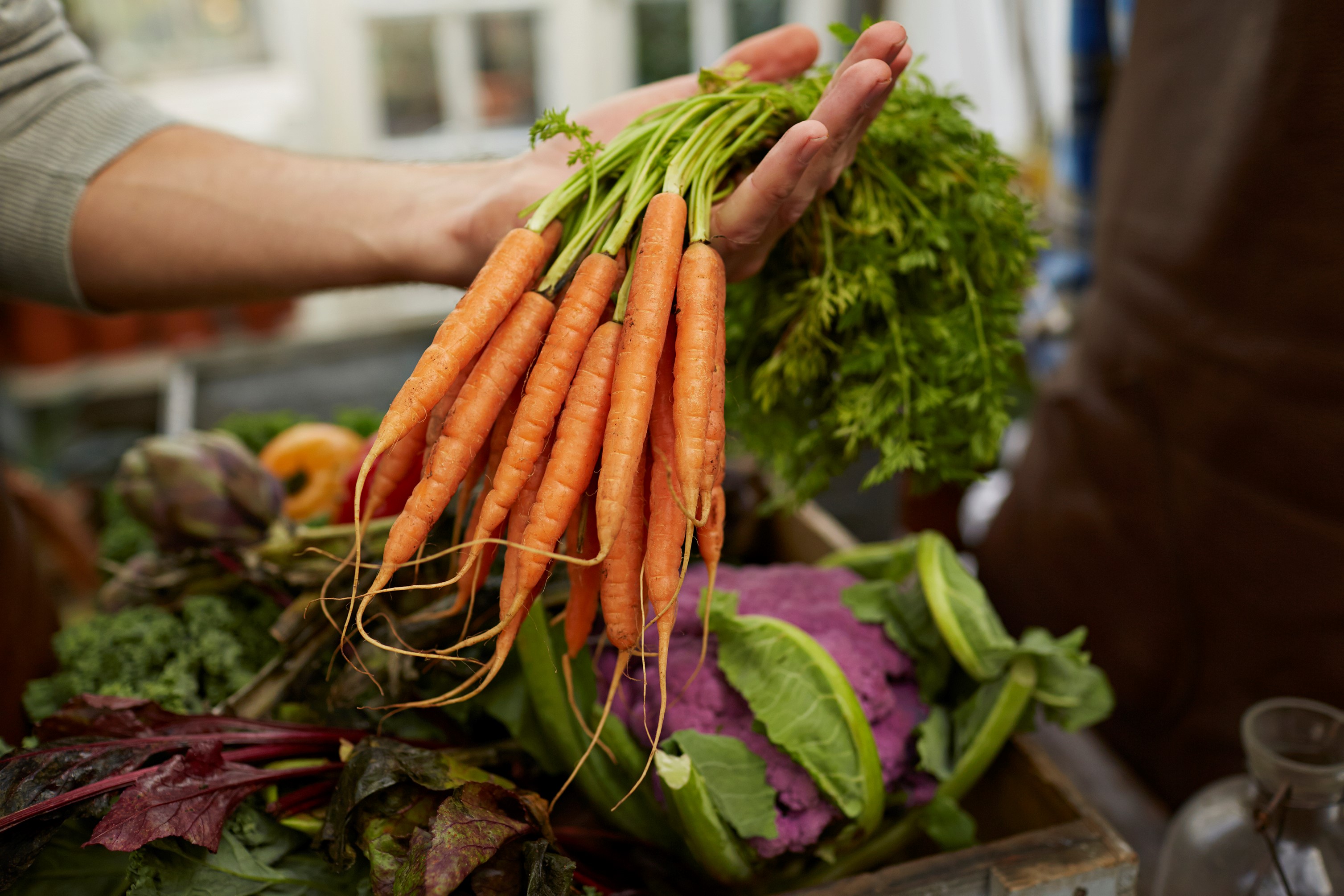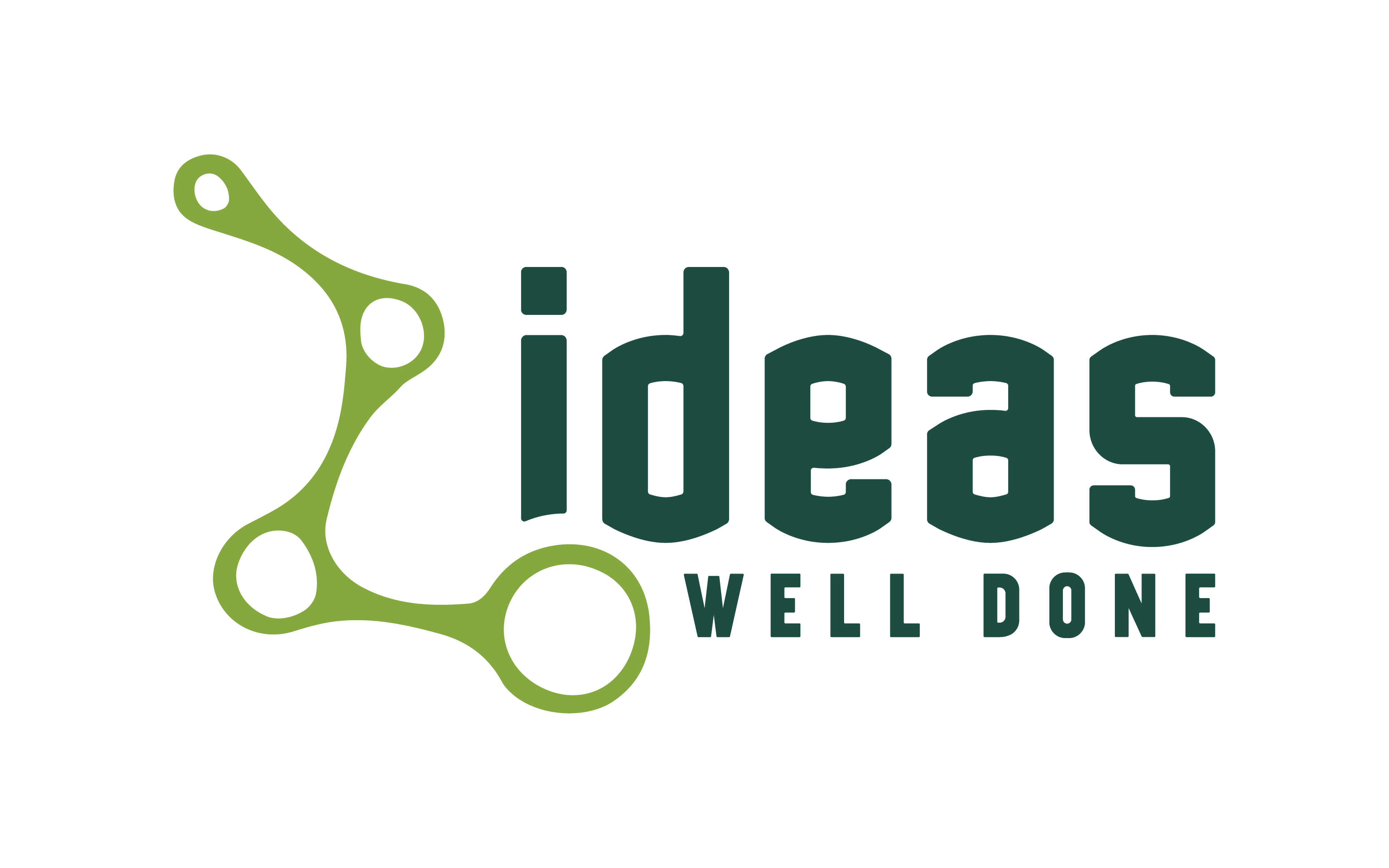What is food costing?
Food costing is the process of analyzing the amount of money a restaurant spends on food compared to the amount of money it can charge for a meal. Said in accounting terms, this is the ratio of cost-of-goods-sold versus revenue for a given meal. Food costing for a given meal is typically expressed as a percentage.
Let’s take for example a cheeseburger with fries:
The Burger
¼ pound of Ground Beef = $1.90
Slice of Cheese = $0.25
2 slices of tomatoes = $0.35
1 leaf of lettuce = $0.15
1 bun = $0.25
The Fries
¼ lb of fries = $0.35
Total cost of food = $3.25
Menu item price = $10.99
Food Costing
$3.25 / $10.99 = 0.30 or 30%
Why food costing is not the most important part to focus on
There are two primary reasons why food costing should not be the most heavily weighted factor when building and pricing a menu:
Obsessive controls on food costing can lead to lower quality meals
Strong price negotiation with vendors is all good and well, but what happens when the only choice to improve your food costing ratio is to buy less expensive, lower quality products? Customers can tell when the quality of their favorite meals has deteriorated. Lower quality meals will eventually turn away customers.
Food Costing is only affecting a small percentage of the total cost of the meal
As a general rule, overhead and labor on any product can be estimated at two times the cost of materials. What this tells us is that if a business really wants to reduce its cost to deliver meals, it should focus on labor and overhead, not food costing.
How to improve margins without focusing on food costing
Run a lean kitchen
The lean restaurant idea is referring to the “lean manufacturing” concept. In the lean kitchen, the operator reviews every step of the process to deliver a meal to its customers. This begins when products arrive at the loading dock and ends when the customer receives the meal. Focus on these areas rather than food costing can often reveal major inefficiencies in the process. Improvements to the process can result in significant cost savings. Follow this link to learn more about lean kitchen operations.
Reduce Food Waste
As much as 10 percent of food purchased by restaurants is wasted before reaching the customer. Food costing does not consider all the food that is purchased and wasted. It only considers food that ends up on the customer’s plate. Restaurants that focus on the reduction of food waste will see an improvement to the bottom line and increase good will from their customer base. Check out our article on food waste for more on this topic.
Kitchen Automation
Kitchen automation refers to any use of technology in a restaurant which simplifies, removes steps from, or eliminates a task for an employee. While our minds often jump directly to robotics, there is a range of automation already in the kitchen such as ovens which switch off at the end of a programmed cook. Kitchen automation can be an investment, but one with the long term in mind. Food costing will only get a business so far since the cost of materials are only going up. Kitchen automation, on the other hand can make a significant impact on the operational cost to deliver a meal. Learn more by viewing our article on the benefits of kitchen automation.
Industry leaders do not focus on food costing. They focus on food quality, and improvement to the cost of operations. Next time you are thinking about food costing or asked to review food costing, ask if this is really the best way to improve margins.



